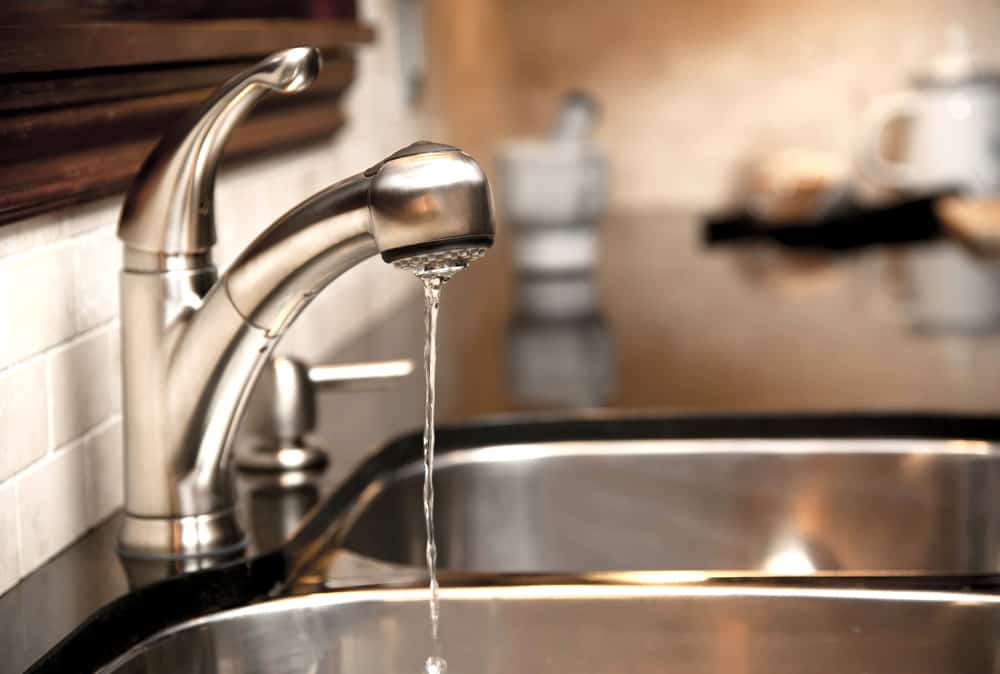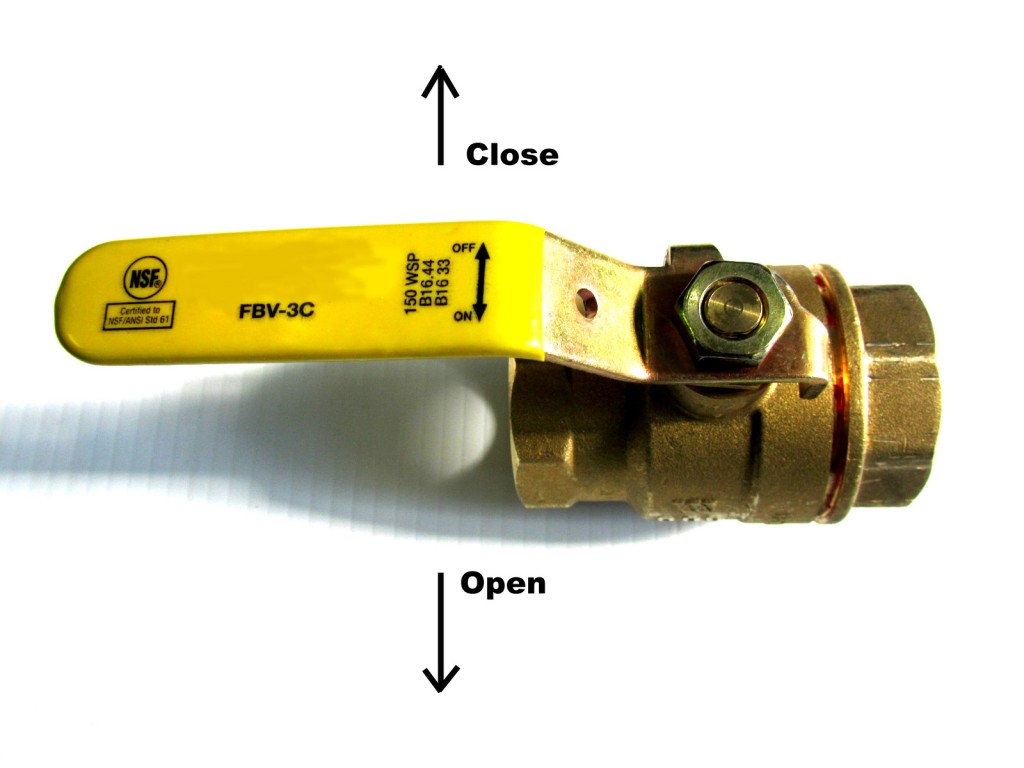Addressing Low Water Pressure in Your Kitchen Sink
Low water pressure in the kitchen sink can be frustrating, slowing down everyday tasks like washing dishes and filling pots. Fortunately, there are several steps you can take to diagnose and fix this common issue, restoring proper water flow to your kitchen. In this comprehensive guide, we’ll explore the potential causes of low water pressure and provide practical solutions to help you resolve the problem.

Check for Obstructions
The first step in troubleshooting low water pressure in your kitchen sink is to inspect for any obstructions that may be impeding the flow of water. Start by removing the aerator from the faucet head and inspecting it for debris or mineral buildup. Even small particles can accumulate over time, causing a significant reduction in water pressure. Clean the aerator thoroughly with vinegar or a mild detergent, then reattach it to the faucet head and test the water flow.
If cleaning the aerator doesn’t improve the water pressure, check for blockages in the faucet’s supply lines. Turn off the water supply valves under the sink and disconnect the supply lines from the faucet. Inspect the lines for any clogs or debris, and use a brush or compressed air to clear any obstructions. Once the supply lines are clear, reattach them to the faucet and turn the water supply back on.

Evaluate the Faucet
If cleaning the aerator and supply lines doesn’t resolve the issue, the problem may lie with the faucet itself. Inspect the faucet for any signs of damage or wear, such as corrosion or leaks. Check the faucet handles and valves to ensure they are fully open and functioning properly. If you notice any leaks or visible damage, it may be necessary to replace the faucet to restore proper water pressure.
Another potential culprit for low water pressure is a faulty or worn-out faucet cartridge. The cartridge controls the flow of water through the faucet and can become clogged or damaged over time. If you suspect a faulty cartridge, turn off the water supply to the faucet and remove the cartridge for inspection. Replace it with a new cartridge if necessary, then reassemble the faucet and test the water pressure.

Examine the Water Supply
In some cases, low water pressure in the kitchen sink may be due to issues with the overall water supply system. Check the water pressure at other faucets and fixtures in your home to determine if the problem is isolated to the kitchen sink or affects the entire household. If you notice low water pressure throughout your home, there may be a problem with the municipal water supply or your home’s plumbing system.
If the low water pressure is confined to the kitchen sink, check the shut-off valves under the sink to ensure they are fully open. Over time, these valves can become partially closed, restricting the flow of water to the faucet. Turn the valves clockwise to open them fully and maximize water flow to the sink. If the valves are old or corroded, consider replacing them with new ones to improve water pressure.
Consider Professional Help
If you’ve tried all of the above steps and are still experiencing low water pressure in your kitchen sink, it may be time to enlist the help of a professional plumber. A licensed plumber can conduct a thorough inspection of your plumbing system to identify any underlying issues that may be causing the problem. They have the expertise and specialized tools to diagnose and repair complex plumbing issues, ensuring optimal water flow and performance in your kitchen.

Common Mistakes to Avoid:
Ignoring Regular Maintenance: Neglecting to clean and maintain your kitchen faucet and plumbing system can lead to a buildup of debris and mineral deposits, resulting in low water pressure. Regularly inspect and clean your faucet aerator and supply lines to prevent clogs and blockages.
Overlooking Shut-Off Valves: Failing to check the shut-off valves under the sink can result in restricted water flow to the faucet. Make sure the valves are fully open to maximize water pressure in the kitchen sink.
Attempting DIY Repairs Without Proper Knowledge: While it’s tempting to try and fix low water pressure issues yourself, complex plumbing problems may require professional assistance. Attempting DIY repairs without the necessary knowledge and experience can lead to further damage and costly repairs down the line.
Neglecting to Test Water Pressure at Other Fixtures: Low water pressure in the kitchen sink may be indicative of broader issues with the water supply system. Always test water pressure at other faucets and fixtures in your home to determine if the problem is isolated or widespread.
Delaying Professional Help: If you’ve exhausted all DIY troubleshooting methods and are still experiencing low water pressure, don’t hesitate to contact a licensed plumber. Delaying professional help can result in prolonged inconvenience and potential damage to your plumbing system.

Why is my kitchen sink water pressure suddenly low?
Low water pressure in the kitchen sink can be caused by various factors, including clogged aerators, faulty faucets, or issues with the water supply system. Performing a thorough inspection and troubleshooting steps can help identify the underlying cause.
Can mineral buildup affect water pressure in the kitchen sink?
Yes, mineral buildup in the faucet aerator or supply lines can restrict water flow and result in low water pressure. Regular cleaning and maintenance can help prevent this issue.
How can I test the water pressure in my kitchen sink?
You can test water pressure by using a pressure gauge or simply turning on the faucet and observing the flow of water. Low water pressure is characterized by weak or slow-flowing water from the faucet.
Is it possible to increase water pressure in the kitchen sink without professional help?
Yes, simple troubleshooting steps such as cleaning the aerator, checking supply lines, and ensuring proper valve operation can often improve water pressure in the kitchen sink. However, if the issue persists, professional assistance may be required.
What should I do if I suspect a plumbing issue is causing low water pressure?
If you suspect a plumbing issue such as a leak or damaged pipe is causing low water pressure, it’s best to contact a licensed plumber for inspection and repairs. They can identify and address any underlying issues to restore proper water flow.

How to solve for low water pressure in kitchen sink/wash basin

Low Water Pressure in House How to Increase Water Pressure

Kitchen faucet stopped dispensing cold water. How to repair? : HomeImprovement

Low Water Pressure Kitchen Sink – KITCHEN

Water Supply – Plumbing & Heating

The Plumber’s Guide to Fixing Low Water Pressure Anchor Pumps

How to Fix a Leaking Sink Sprayer The Family Handyman
Related Posts:
